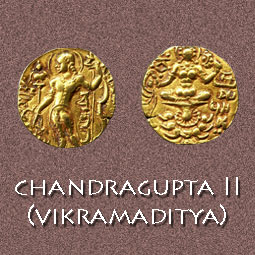Ancient Coins in India are one of the earliest known issued coins on the planet, alongside the Chinese and Lydians. The oldest coin of India was punch-marked coins that were called Puranas, Karshapanas, or Pana. They were printed in the sixth century BC by the Mahajanapadas of old India. They were printed in the sixth century BC by the Mahajanapadas of old India, including Gandhara, Kuntala, Kuru, Panchala, Shakya, Surasena, and Saurashtra. These Coins from India were made of silver of a standard weight however with a sporadic shape. This was picked up by cutting up silver bars and after that creation of the right weight was done by cutting the edges of the coin.
The one of oldest of the Coins in India is the bent-bar of Satamana that is unusually shaped. It is accepted to have been given by the Kuru and Panchala domains in north-focal India between 450BC and 350BC. The thick, somewhat bowed billon (poor quality silver) is roughly 22 to 24mm long, 11 to 14mm wide and about 3mm thick. A rough seven-outfitted "Taxila" image is on either end on the curved side of the bar, the raised side is clear. The coins are designed according to the silver Taxila and Gandhara bowed bar coins utilized in what is currently Pakistan. It is an intriguing and reasonable case of an early Indian coin.
There are more rare coins of India. Some of the few rare coin in India are –
• The Vimshatika coin from the Magadha Janapada dynasty. This is a very rare coin minted with the punching mark technique. Its theme is Abstract, Six-Armed Symbol, and Sun, which is also, features on the obverse on the coin.
• The 5 Shan coin of the Kashi Janapada is another rare coin. It was also punched marked coin with four punches. The theme and obverse of the coin has two abstract symbols and two flowers.
• The 4 Shanas or the 1/2 Shatamana from the Ayodhya Janapada dynasty has also received the very rare coin status. This irregular shaped coin has a floral theme. The obverse side of coin has a dot in the center with 'C' shaped symbol arranged in a triangle with a white flower with a dark circle.
To know more about antique coin of India visit the website of Mintage World. Here you can read and explore the amazing coinage of India.









